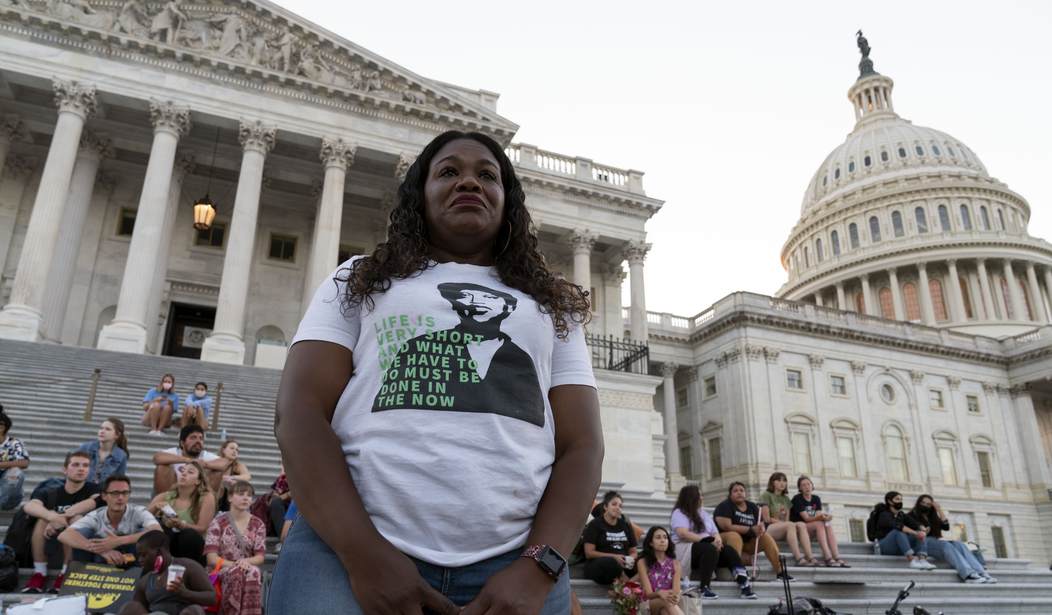Listening to radical activists, you might be fooled into thinking that the government’s demonstrably illegal eviction moratorium had no downside whatsoever. In fact, the only harm done was to rich, white property owners who could afford to give their tenants a small break in rent during the COVID crisis.
That’s not even close to being true. There are plenty of victims of the government’s eviction moratorium — just like there are winners and losers every time the government chooses to “help” people. The problem comes from those who pretend there are only happy winners when the government prevents commerce from going on. In truth, there are a whole bunch of losers too — victims of an altruistic government that chooses one class of people (tenants) over another (landlords).
Covid relief measures like the Paycheck Protection Program were designed to help the vulnerable while dispersing the cost among current and future taxpayers. The eviction moratoriums are different: They impose severe hardships on certain people in the name of helping others. The toll is especially high on small landlords like Ms. Morey, who must pay for insurance, mortgages, property taxes and upkeep regardless of whether they’re receiving rent payments. Ms. Morey says Ms. Santucci owes her almost $16,000.
Problem tenants are fairly rare — about as rare as greedy, uncaring property owners. The system operated fairly well during times of normal stress like bad economic times or a tenant getting sick and unable to pay rent. If the tenant had been reasonably good — paying on time, not trashing the property — the landlord generally worked out satisfactory arrangements with the tenant for payment.
Related: Biden Gives a Middle Finger Salute to the Supreme Court—and the Left Cheers
But the pandemic was different. With businesses closed for months at a time, tenants couldn’t pay anything. But did this mean that landlords would have thrown millions of tenants out onto the street? The idea is ludicrous. The illegal eviction moratorium unlawfully initiated by the CDC, according to the Supreme Court, only made the pain inflicted by the pandemic worse. It gave tenants permission not to pay any rent at all.
Ms. LaCasse would like to move into the single-family home she owns in Rhinebeck, N.Y., but she can’t boot her tenants, who are nearly $25,000 behind in rent. In court filings, she described herself and her underage daughter as “effectively homeless.” Ms. LaCasse works three jobs and says she’s seeking a fourth “to offset the cost of my tenants not paying so I don’t get so far into debt, I can never get out.”
Ms. LaCasse showed me a TikTok video in which the tenant’s daughter uses an aerosol can to spray a heart on the mirror of a bathroom in the house, then lights it on fire. She says her tenants have broken doors, put holes in the walls, and clogged the septic tank, causing what she estimates to be tens of thousands of dollars of damage. (The tenants declined to comment.)
Even without the eviction moratorium, it would have been very difficult to evict this tenant quickly, and thus put money into the landlord’s pocket in a timely manner.
The push-pull in landlord/tenant relations has been damaged, perhaps permanently, by government intervention. When, it is hoped, the moratorium is declared illegal once and for all, there will not be a rush to throw tenants who are in arrears out onto the street. The false narrative of poor people being thrown out of their homes en masse just isn’t going to happen. It was never going to happen.
But it was extremely useful to make people believe it was going to happen. And that’s why we still have an eviction moratorium today.










Join the conversation as a VIP Member